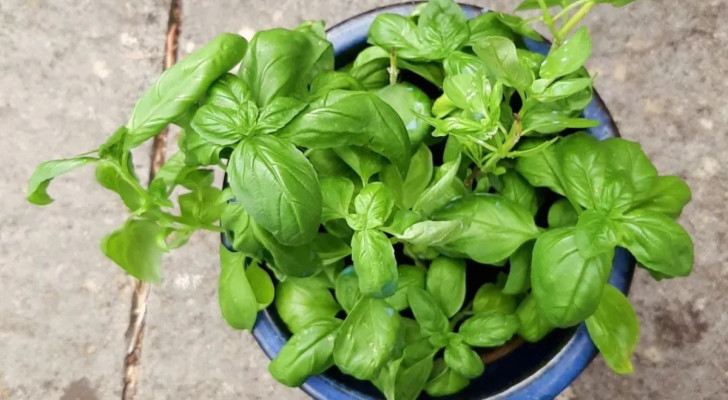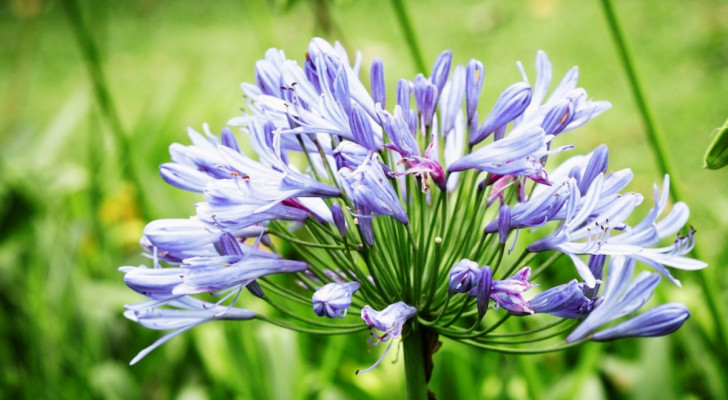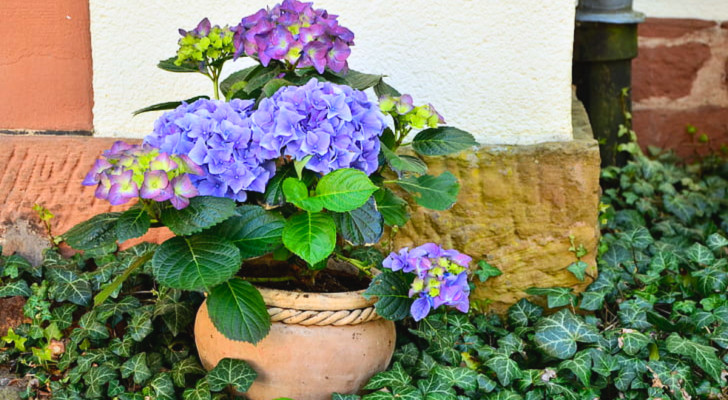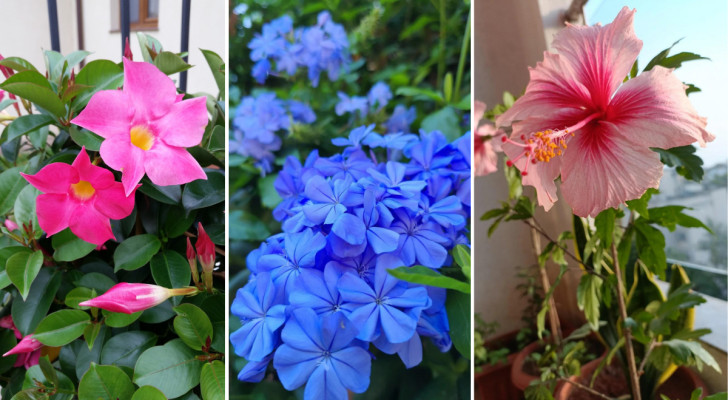Parsley or coriander? How to distinguish between these two, popular, aromatic herbs
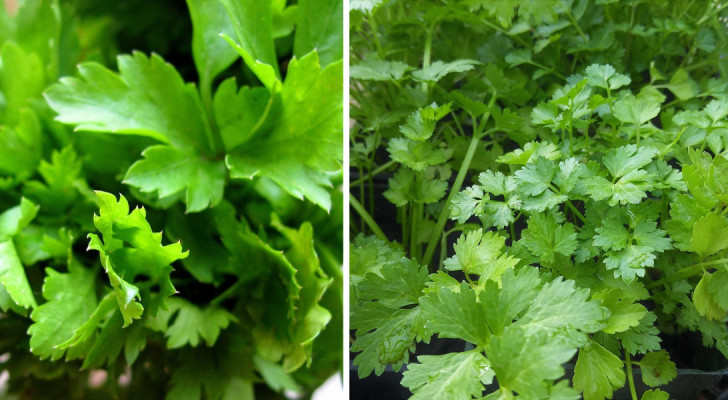
Aromatic herbs are staple items in every kitchen, used to flavor our food and drinks. Coriander and parsley are two of the most commonly used herbs for cooking and, being very similar looking, can easily be confused for each other.
In reality, these two herbs have significant differences and learning to recognize between them is not all that difficult. Below, we outline the main differences between parsley and coriander:
Parsley: characteristics and properties
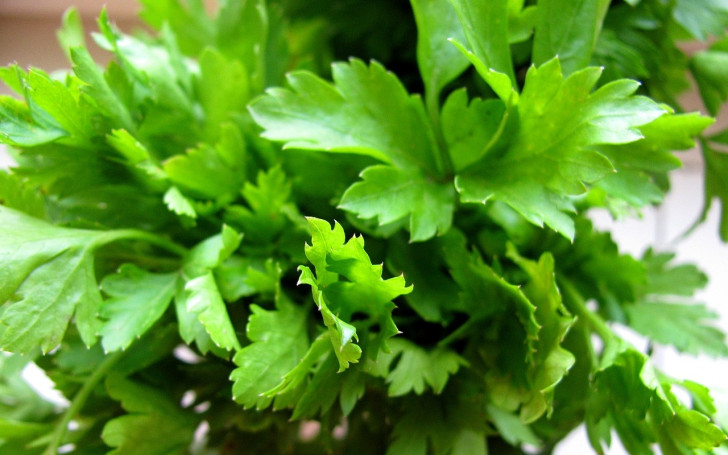
Widely used in kitchens, parsley is an aromatic herb typical of the Mediterranean cuisine and is suitable for enhancing the flavor of meat, fish and vegetable dishes. Parsley tends to have a rather delicate and "fresh" flavor. Very rich in vitamins - especially A, D and K, folic acid, beta carotene and mineral salts - this aromatic herb has a diuretic and purifying effects and helps reduce blood pressure and blood sugar levels. To take full advantage of parsley's properties, it can also be consumed as a drink with its stems and leaves serving as the infusion ingredients.
Parsley comes in a number of varieties, the most common being flat-leaf parsley (which is easily confused with coriander). Then, there is giant parsley and curly-leaf parsley: these varities are less tasty, more decorative and are biennial herbs that can be easily grown at home. Parsley (of all varieties) can be sown between April and July, when the temperatures remain consistently above 10 degrees C. Parsley also requires generous watering, especially if grown in hot and dry areas.
Coriander: properties and characteristics

Also known as cilantro in the US, coriander belongs to the same family as parsley and has a similar appearance. That said, the aroma and flavor of coriander are very distinctive because it is a much spicier herb than parsley. In addition to the leaves, coriander seeds are also used as a spice. The seeds have a slightly citrusy flavor and are used for: flavoring meat and fish dishes; the preservation of foods (such as sausages and pickles); in phytotherapy, as a medical decoction or extract.
Coriander has benefits for the gastrointestinal system too. This herb has antibiotic, antifungal, antispasm and chelating properties (ie. it limits the absorption of heavy metals by the body), and is also a tonic for the nervous system.
Coriander can also be grown easily at home in a sunny spot. Sowing takes place between April and June, in soft soil that will encourage its roots to take hold. Whilst sowing, you can also use a fertilizer such as pelleted manure or a slow-release granular fertilizer. Keep the soil moist in the early stages of growth, watering occasionally thereafter only if there's prolonged drought conditions.
Now that you know how to distinguish between these two useful herbs, you won't make any more "spicy mistakes" in your kitchen!
